321 videos match your search.
 |
Rob Raguet-Schofield There are many convenient ways to get an image into Mathematica, including drag-and-drop. You can also import images by evaluating commands in a notebook. Learn more in this "How to" ... |
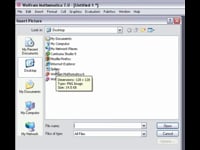 |
There are many convenient ways to get an image into Mathematica, including drag-and-drop. You can also import images by evaluating commands in a notebook. Learn more in this "How to" ... |
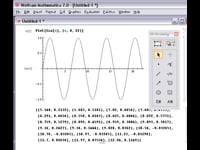 |
Chris Carlson Mathematica's interactive graphics capabilities let you determine the coordinates of a single point. You can also get arbitrary sequences of points and paths and analyze and manipulate the coordinate lists ... |
 |
Nick Gaskill Getting a rectangular part of an image is a very common and frequently needed image manipulation task. There are several ways to get parts of an image in Mathematica. Learn ... |
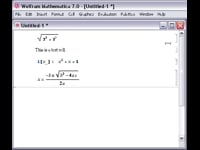 |
Lou D'Andria Content in a Mathematica notebook is organized in cells. Each cell has a cell bracket that appears along the right edge of the notebook window. Markings on a cell bracket ... |
 |
David Mitchell You can import spreadsheets created in a variety of formats to take advantage of Mathematica's rich data-manipulation and visualization capabilities. Learn more in this "How to" screencast. |
 |
Nick Gaskill Mathematica can import and export 3D graphics in a variety of standard formats, allowing interchange with other applications. As with other 3D graphics in Mathematica, imported 3D graphics can be ... |
 |
Nick Gaskill After creating or editing an animation in Mathematica, you can export it for use in other programs. Mathematica can import and export animations in several formats. Learn more in this "... |
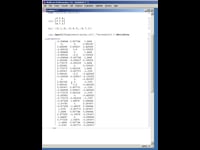 |
David Mitchell Mathematica supports operations on matrices of any size and has a range of input methods appropriate for different needs, from small formatted matrices via keyboard or palettes to text-based entry ... |
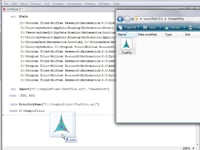 |
Nick Gaskill Whether it is for importing, exporting, or other operations, Mathematica must know where to look for files on your computer before it can use them. Mathematica provides several convenient ways ... |
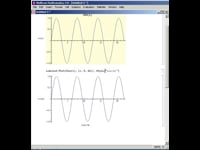 |
Chris Carlson Mathematica provides flexible options for labeling plots, allowing you to present ideas more clearly in presentations and publications. Learn more in this "How to" screencast. |
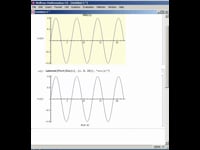 |
Mathematica provides flexible options for labeling plots, allowing you to present ideas more clearly in presentations and publications. Learn more in this "How to" screencast. Includes Japanese audio. |
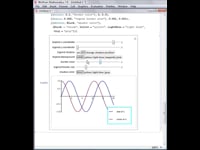 |
Nick Gaskill Mathematica provides many options for customizing and annotating plots. Legends can be added to plots and customized with many of the same methods used to customize other Mathematica graphics. Learn ... |
 |
Faisal Whelpley The graphics language of Mathematica is fully integrated with dynamic interactivity. This lets you create graphics that can respond to input devices in a variety of ways. Learn more in ... |
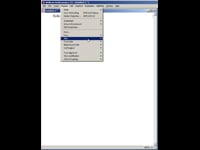 |
David Mitchell Mathematica allows you to control font sizes of text, math, and graphics for clarity, compactness, or personal preference. You can choose styles for individual characters, whole documents, or application defaults, ... |
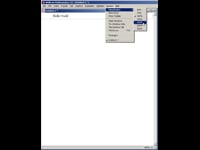 |
Mathematica allows you to control font sizes of text, math, and graphics for clarity, compactness, or personal preference. Learn more in this "How to" screencast. Includes Japanese audio. |
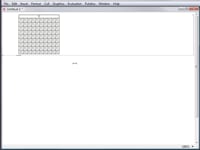 |
Nick Gaskill The Mathematica front end provides convenient tools for creating and editing two-dimensional grids of data in a way that is deeply integrated with typesetting and evaluation. Learn more in this "... |
 |
Faisal Whelpley Mathematica notebooks can have headers and footers that are displayed when the notebook is printed but hidden when it's onscreen. Headers and footers can contain fixed text or dynamic objects ... |
 |
Chris Hill One of the most powerful aspects of graphics in Mathematica is their interactivity. Rotating, zooming, and panning your graphics allows for a more complete visualization experience by letting you understand ... |
 |
One of the most powerful aspects of graphics in Mathematica is interactivity. Rotating, zooming, and panning your graphics allows for a more complete visualization experience by letting you understand images from every angle and present them ... |